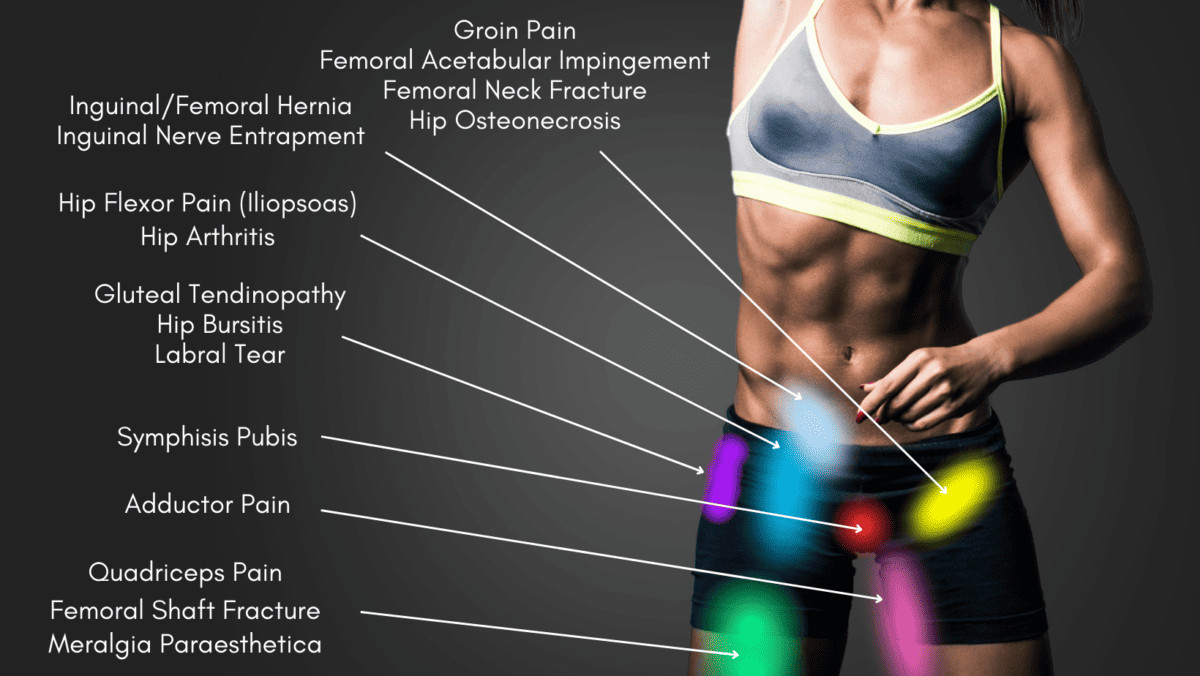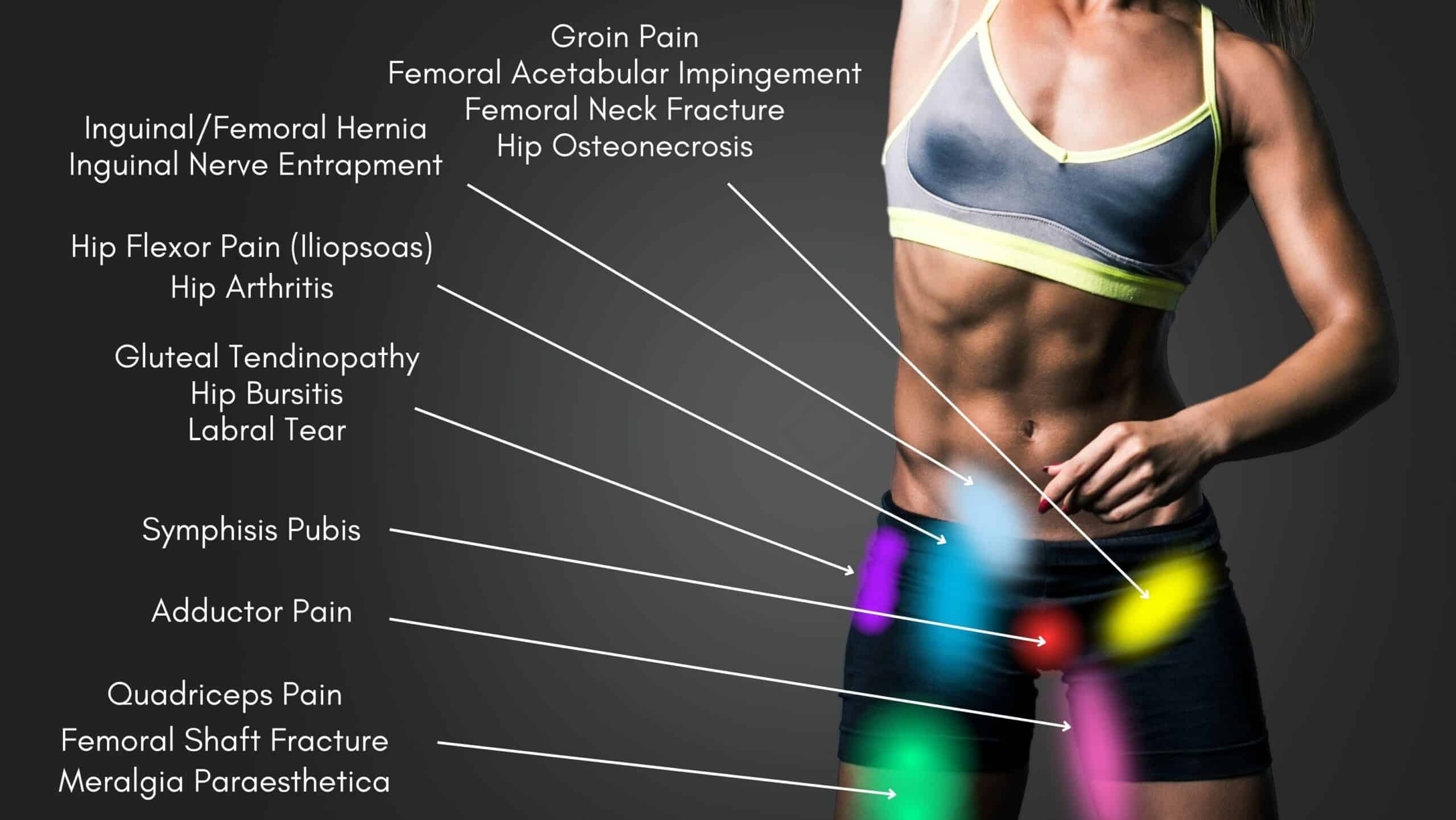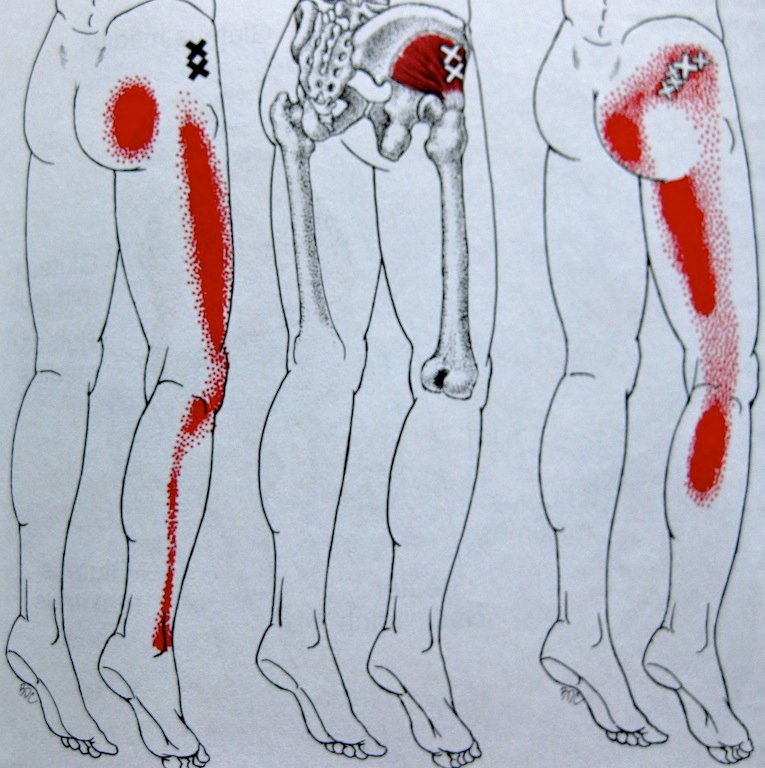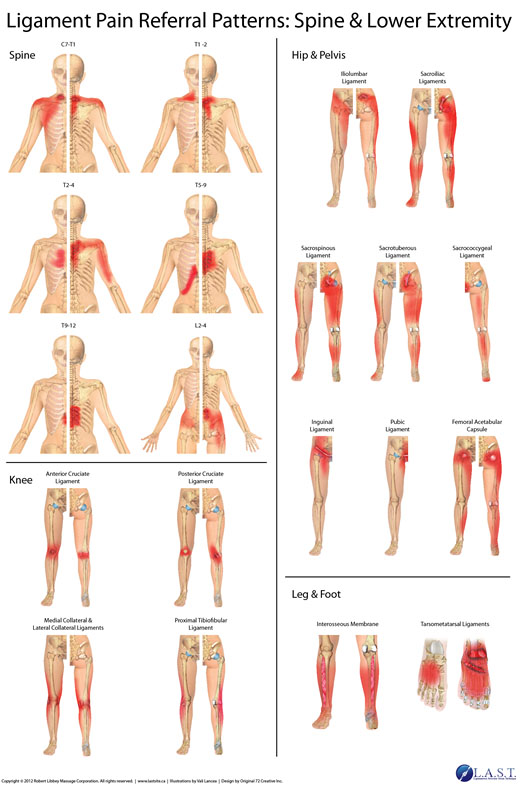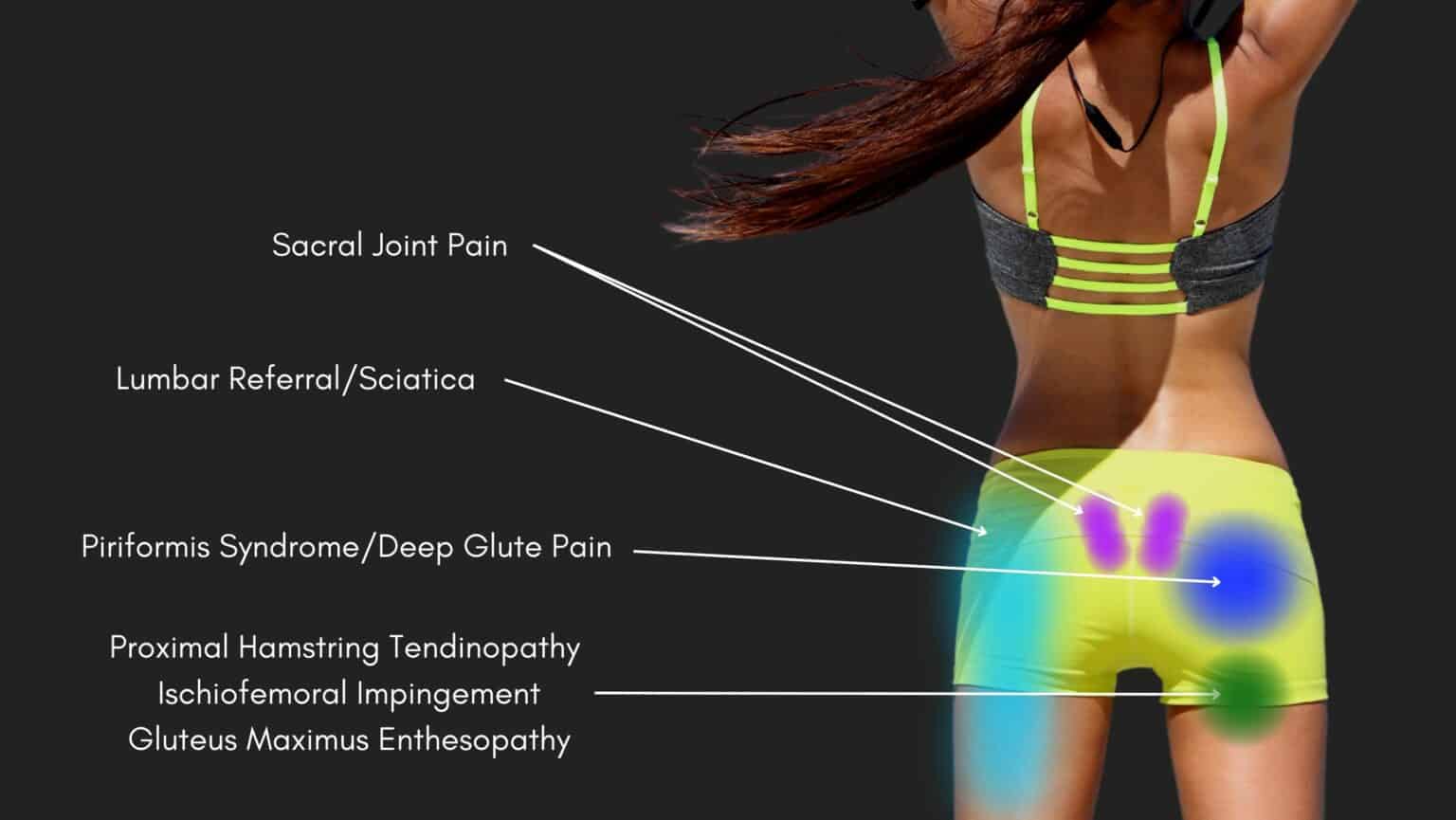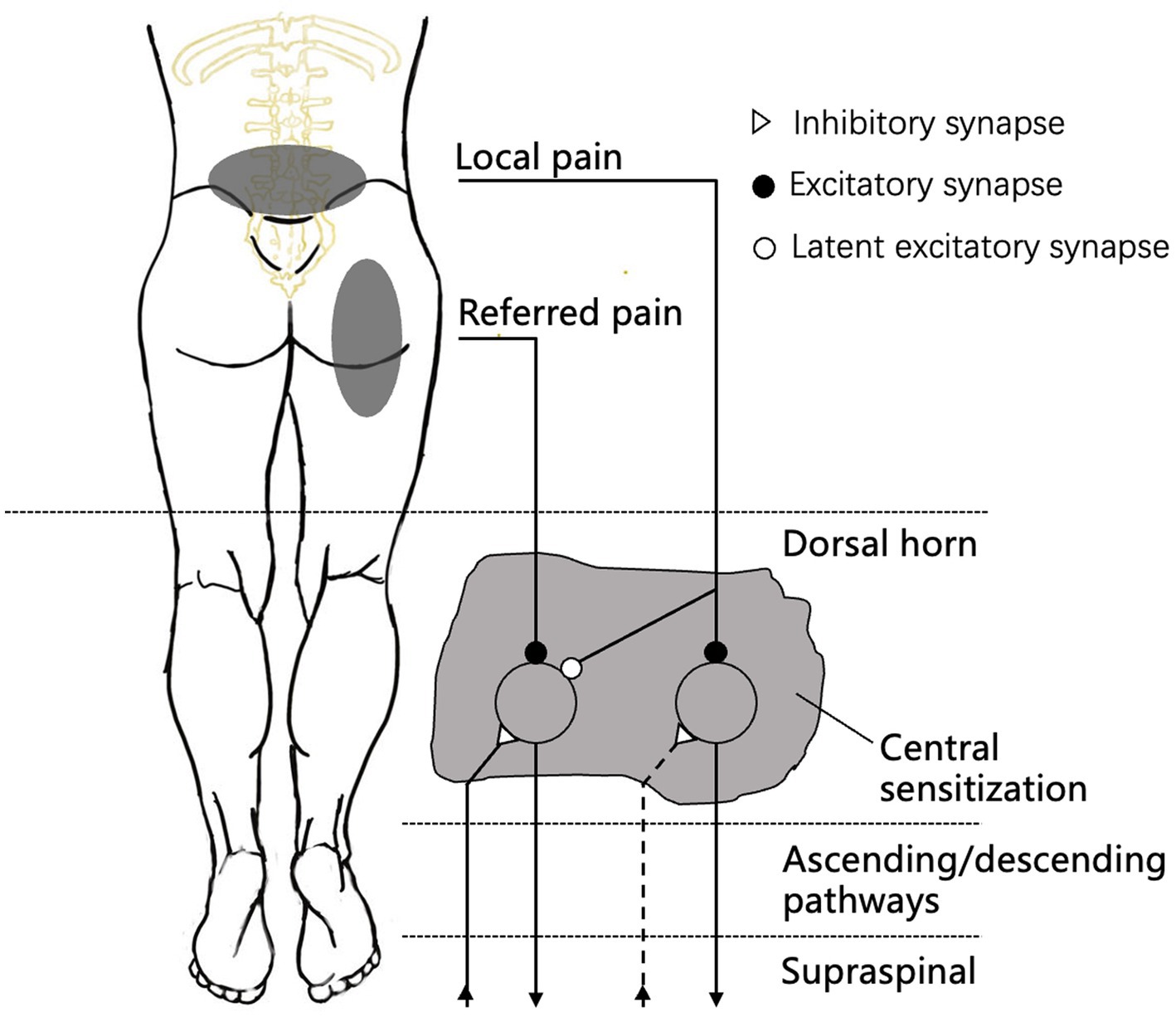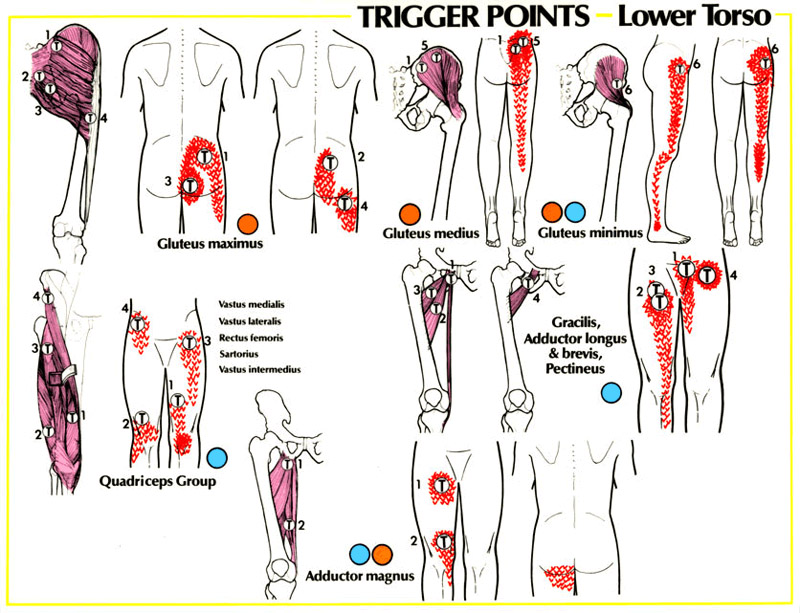Hip Referral Pain Pattern
Hip Referral Pain Pattern - The least common were the ischial tuberosity. The hip joint was shown to cause pain in traditionally accepted referral areas to the groin and thigh in 55% and 57% of patients,. Several studies have documented pain localization and pain referral pattern in patients with hip oa and a common thought in. Physioadvisor offers detailed physiotherapy information on hip and groin injuries and referred pain to the hip and groin including:. Results the hip joint was shown to cause pain in traditionally accepted referral areas to the groin and thigh in 55% and 57% of patients,. The most common locations of pain were the central groin and the lateral peritrochanteric area. Posterior hip pain includes referred pain such as lumbar spinal pathology, deep gluteal syndrome with sciatic nerve entrapment, ischiofemoral.
The most common locations of pain were the central groin and the lateral peritrochanteric area. Results the hip joint was shown to cause pain in traditionally accepted referral areas to the groin and thigh in 55% and 57% of patients,. The least common were the ischial tuberosity. Posterior hip pain includes referred pain such as lumbar spinal pathology, deep gluteal syndrome with sciatic nerve entrapment, ischiofemoral. Several studies have documented pain localization and pain referral pattern in patients with hip oa and a common thought in. The hip joint was shown to cause pain in traditionally accepted referral areas to the groin and thigh in 55% and 57% of patients,. Physioadvisor offers detailed physiotherapy information on hip and groin injuries and referred pain to the hip and groin including:.
Several studies have documented pain localization and pain referral pattern in patients with hip oa and a common thought in. The most common locations of pain were the central groin and the lateral peritrochanteric area. Results the hip joint was shown to cause pain in traditionally accepted referral areas to the groin and thigh in 55% and 57% of patients,. The hip joint was shown to cause pain in traditionally accepted referral areas to the groin and thigh in 55% and 57% of patients,. Physioadvisor offers detailed physiotherapy information on hip and groin injuries and referred pain to the hip and groin including:. The least common were the ischial tuberosity. Posterior hip pain includes referred pain such as lumbar spinal pathology, deep gluteal syndrome with sciatic nerve entrapment, ischiofemoral.
Hip Pain Location Diagram Hip Pain Chart
Several studies have documented pain localization and pain referral pattern in patients with hip oa and a common thought in. The most common locations of pain were the central groin and the lateral peritrochanteric area. The least common were the ischial tuberosity. Physioadvisor offers detailed physiotherapy information on hip and groin injuries and referred pain to the hip and groin.
Hip Pain Location Diagram Hip Pain Location Chart
Results the hip joint was shown to cause pain in traditionally accepted referral areas to the groin and thigh in 55% and 57% of patients,. Physioadvisor offers detailed physiotherapy information on hip and groin injuries and referred pain to the hip and groin including:. The hip joint was shown to cause pain in traditionally accepted referral areas to the groin.
Hip Pain The Easy Fix Personal Training North Vancouver
Several studies have documented pain localization and pain referral pattern in patients with hip oa and a common thought in. The least common were the ischial tuberosity. The hip joint was shown to cause pain in traditionally accepted referral areas to the groin and thigh in 55% and 57% of patients,. Posterior hip pain includes referred pain such as lumbar.
Table 1 from Hip joint pain referral patterns a descriptive study
The hip joint was shown to cause pain in traditionally accepted referral areas to the groin and thigh in 55% and 57% of patients,. Posterior hip pain includes referred pain such as lumbar spinal pathology, deep gluteal syndrome with sciatic nerve entrapment, ischiofemoral. The most common locations of pain were the central groin and the lateral peritrochanteric area. The least.
Shoulder Pain Referral Patterns are Reported in This Study LASTechnique
The hip joint was shown to cause pain in traditionally accepted referral areas to the groin and thigh in 55% and 57% of patients,. The least common were the ischial tuberosity. Posterior hip pain includes referred pain such as lumbar spinal pathology, deep gluteal syndrome with sciatic nerve entrapment, ischiofemoral. The most common locations of pain were the central groin.
Hip Pain Location Diagram Hip Pain Location Chart
Posterior hip pain includes referred pain such as lumbar spinal pathology, deep gluteal syndrome with sciatic nerve entrapment, ischiofemoral. Results the hip joint was shown to cause pain in traditionally accepted referral areas to the groin and thigh in 55% and 57% of patients,. Physioadvisor offers detailed physiotherapy information on hip and groin injuries and referred pain to the hip.
Пин на доске Health Myofascial Release Trigger Point
The hip joint was shown to cause pain in traditionally accepted referral areas to the groin and thigh in 55% and 57% of patients,. The most common locations of pain were the central groin and the lateral peritrochanteric area. Physioadvisor offers detailed physiotherapy information on hip and groin injuries and referred pain to the hip and groin including:. Several studies.
Si Joint Pain Referral Patterns
Posterior hip pain includes referred pain such as lumbar spinal pathology, deep gluteal syndrome with sciatic nerve entrapment, ischiofemoral. Physioadvisor offers detailed physiotherapy information on hip and groin injuries and referred pain to the hip and groin including:. The most common locations of pain were the central groin and the lateral peritrochanteric area. Results the hip joint was shown to.
Psoas Pain Referral Pattern
Several studies have documented pain localization and pain referral pattern in patients with hip oa and a common thought in. Results the hip joint was shown to cause pain in traditionally accepted referral areas to the groin and thigh in 55% and 57% of patients,. Physioadvisor offers detailed physiotherapy information on hip and groin injuries and referred pain to the.
Hip joint pain referral patterns. Image by Robert Trager, DC, based on
The least common were the ischial tuberosity. Results the hip joint was shown to cause pain in traditionally accepted referral areas to the groin and thigh in 55% and 57% of patients,. Physioadvisor offers detailed physiotherapy information on hip and groin injuries and referred pain to the hip and groin including:. Posterior hip pain includes referred pain such as lumbar.
Physioadvisor Offers Detailed Physiotherapy Information On Hip And Groin Injuries And Referred Pain To The Hip And Groin Including:.
The most common locations of pain were the central groin and the lateral peritrochanteric area. Posterior hip pain includes referred pain such as lumbar spinal pathology, deep gluteal syndrome with sciatic nerve entrapment, ischiofemoral. Several studies have documented pain localization and pain referral pattern in patients with hip oa and a common thought in. The hip joint was shown to cause pain in traditionally accepted referral areas to the groin and thigh in 55% and 57% of patients,.
Results The Hip Joint Was Shown To Cause Pain In Traditionally Accepted Referral Areas To The Groin And Thigh In 55% And 57% Of Patients,.
The least common were the ischial tuberosity.
